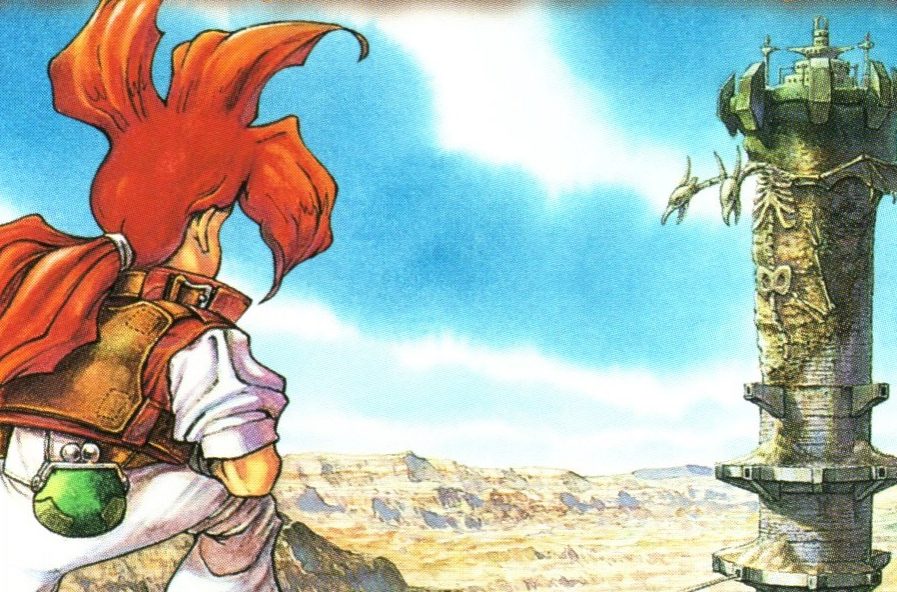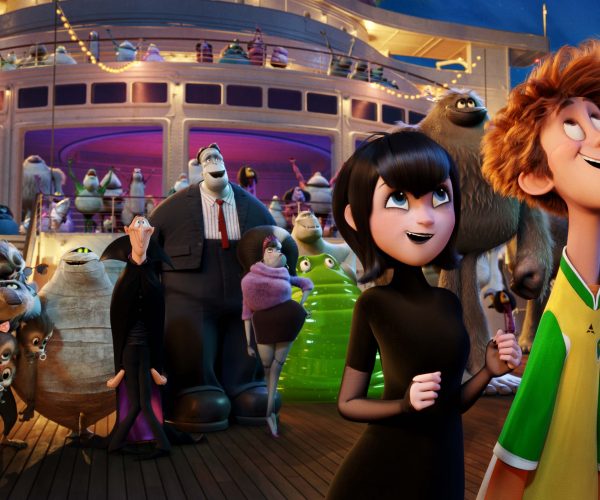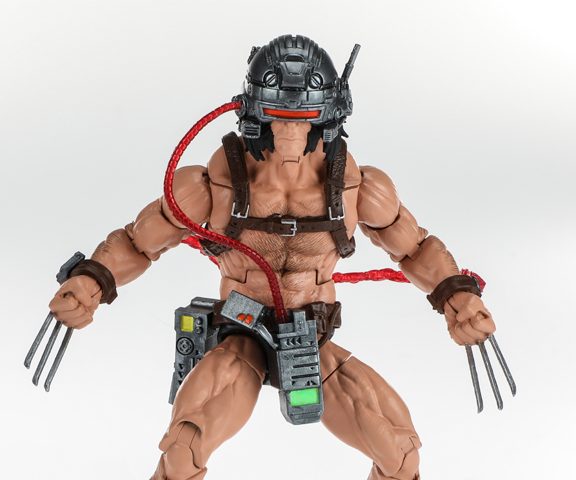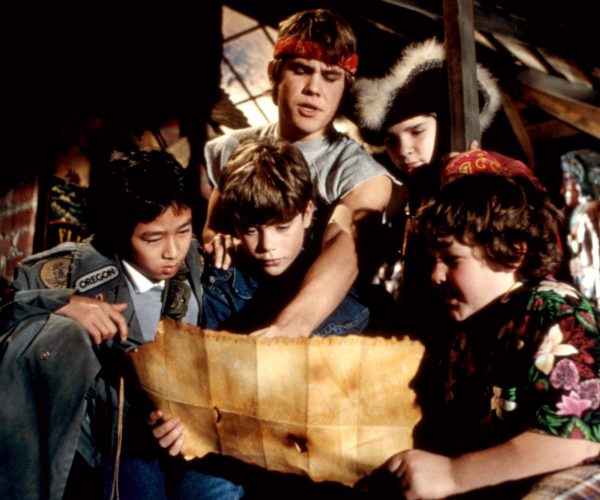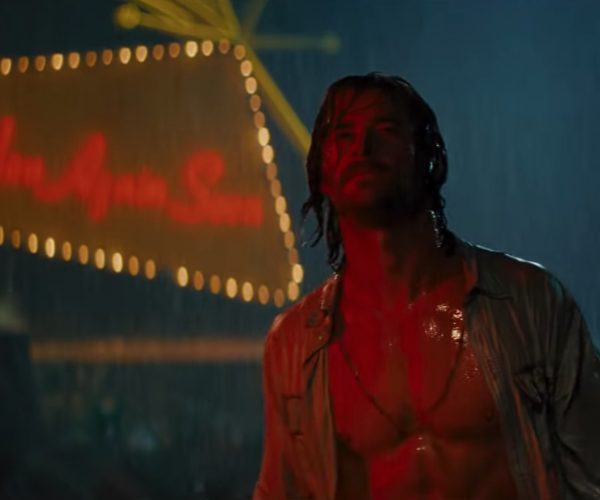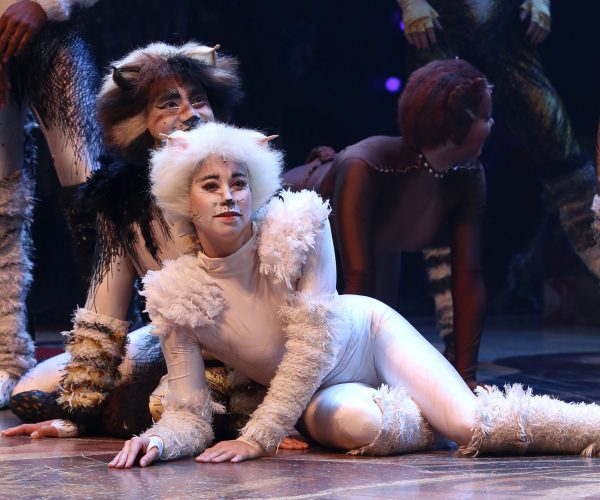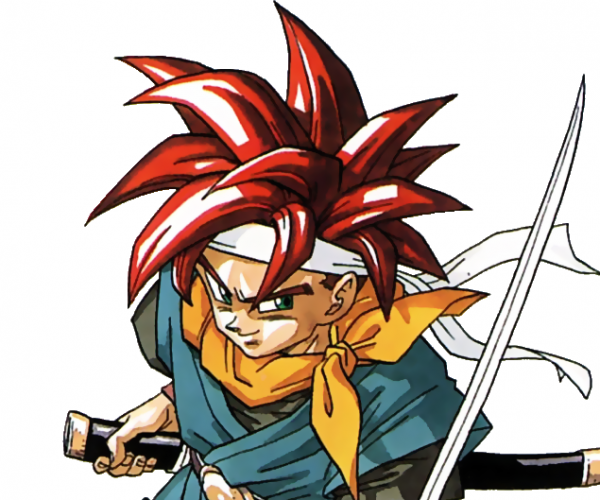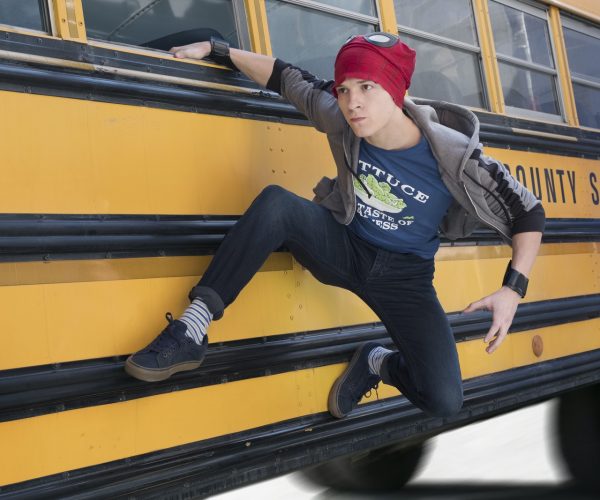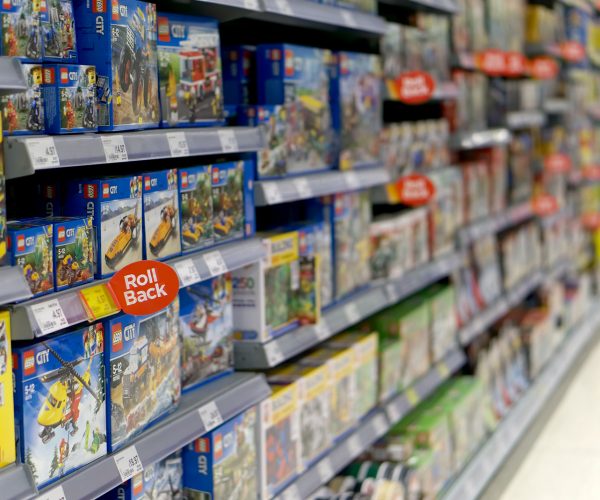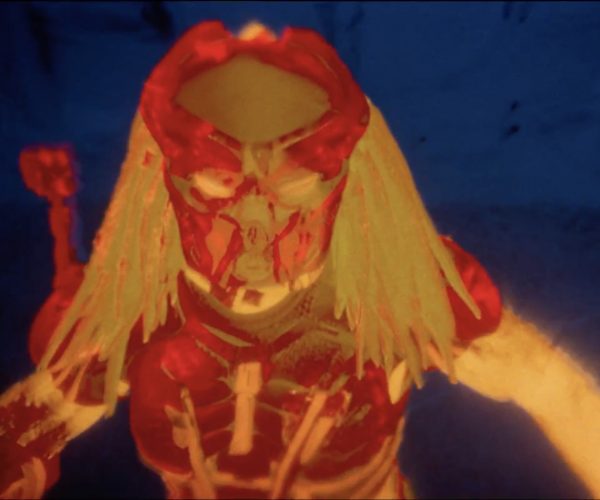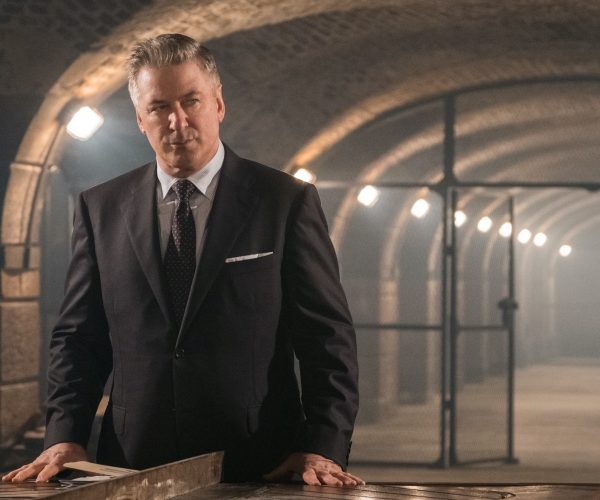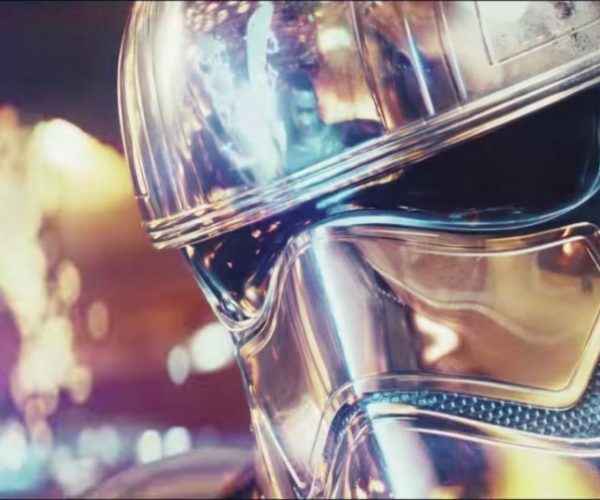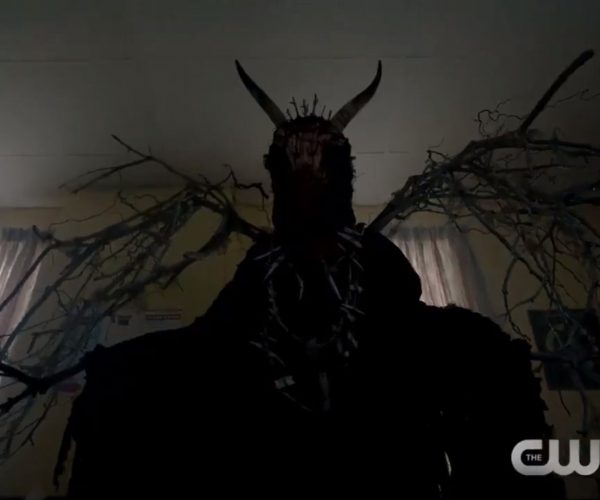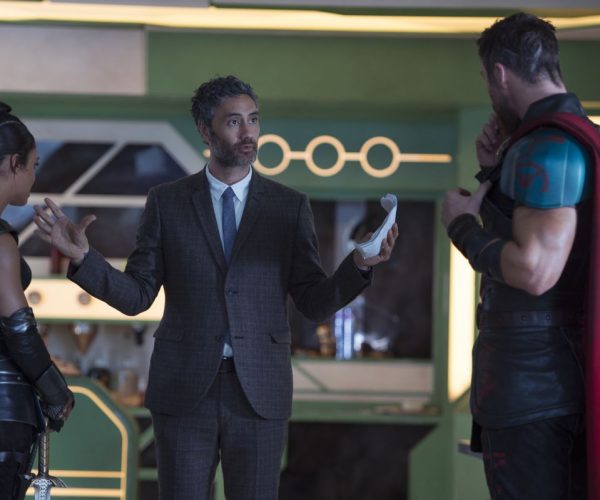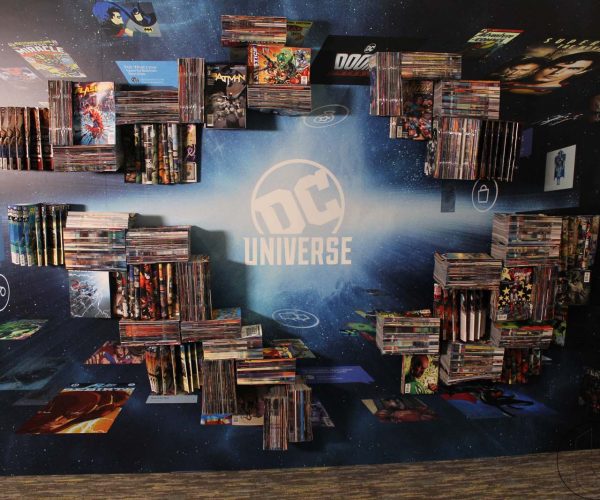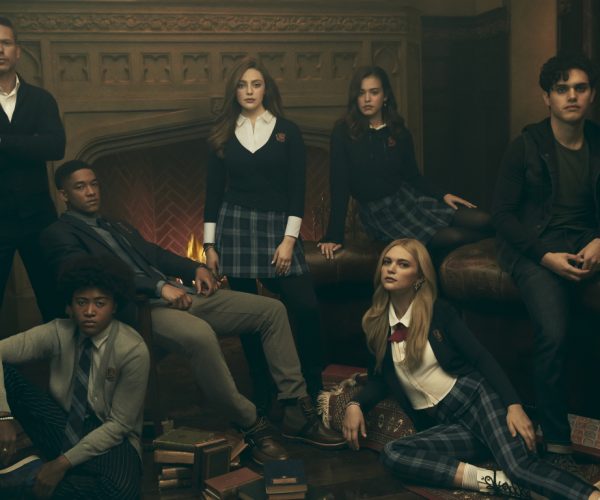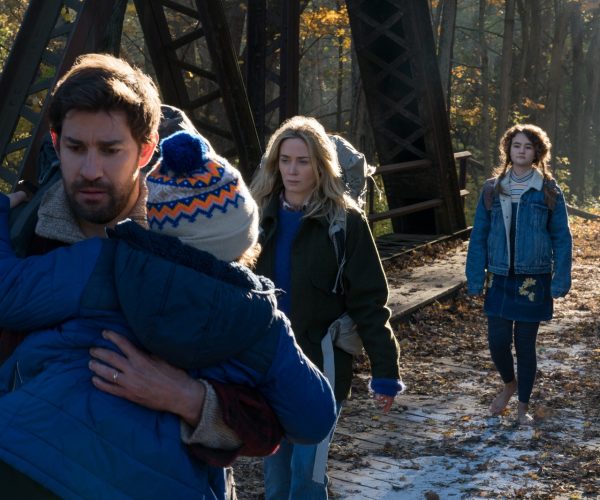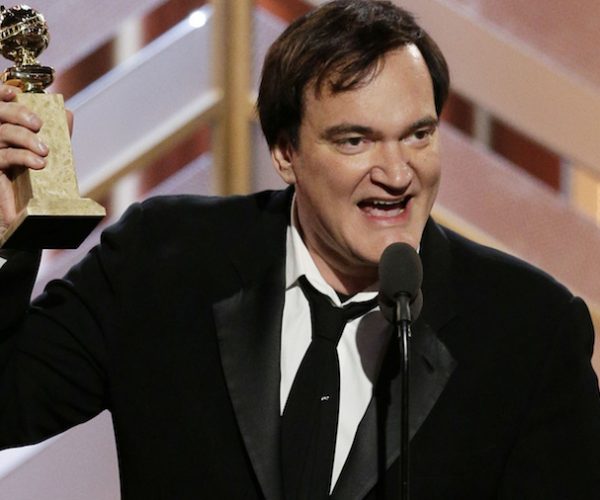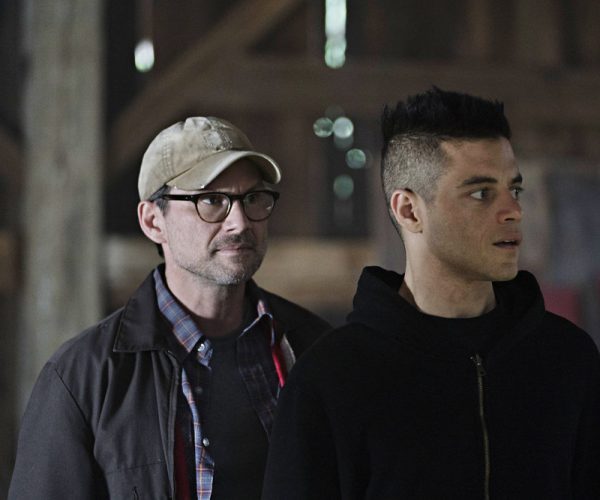At some point in the lives of each and every human, they stop rabidly consuming any and all forms of their hobby and start to identify with a specific branch, sect, or niche within that hobby. They start to seek out experiences rather than let them fall into their lap, and they start to research rather than encounter them through trial and error.
This self-identifying trend generally starts at an age of self-awareness, usually about 10-years-old.
Unfortunately, the pressures of growing up also start shortly afterward. High school adds a whole new level of commitment to a young developing mind. The onset of puberty and raging hormones tears the innocence straight from the soul. The world suddenly stops losing its shimmer as cynicism eventually settles in for each and every one of us.
We’ll slap this at about 14-years-old, once the reality of freshmen year of high school sinks in.
This leaves a window of about 10 to 14-years-old, usually the middle school years, where the self-awareness of a developing mind crosses over with the fading innocence of childhood, and this newfound focus on your hobby spears your brain with unfiltered appreciation, making it the greatest thing on Earth and all that matters.
With that… the year 1998…
At little background, first. For me, I’ve always been a video gamer. I played the NES as a kid, fell in love with all things Nintendo, and trained my immature mind to enjoy every game on the console, whether it was good or not.
In 1996, I was 10-years-old, and a cousin and I sat down to play ActRaiser on his Super Nintendo over the course of a week-long vacation. I still gamed exclusively on an NES (I was always a generation behind as a kid), and I remember being floored by this game. The culture, the lore, the behind-the-scenes themes, the fantasy graphics. Until that point in my gaming career, only Link’s Awakening and Link to the Past had penetrated my Mario/Contra/Castlevania/Mega Man-trained brain in such a way and made me think that a video game could provide more than just thrills. It could provide a new world to live in and explore!
Little had I known, the seed had been planted for a lifetime of RPG fandom.
Later that year, I finally bought my first Super Nintendo along with Super Mario World, Killer Instinct, and Link to the Past. However, Middle-earth and Lord of the Rings also worked their way into my life, and I sought out a “fantasy” video game to help channel this newfound love, which led me right into the open arms of Final Fantasy VI (Final Fantasy III at the time). Those ActRaiser feelings re-erupted tenfold.
The seed had sprouted.
The following spring and summer in 1997, I expanded my knowledge of the genre by renting games at my local Microplay, renting anything with the letters “RPG” on the box. Final Fantasy II (Final Fantasy II at the time), Final Fantasy Mystic Quest, mother *&%in’ Chrono Trigger, Secret of Mana, Super Mario RPG, Lufia 2: Rise of the Sinistrals, Harvest Moon, and even the quirky and unknown Tecmo Secret of the Stars.
I don’t remember when, but a friend’s older brother also plopped me and my craving imagination down in front of this console called the PlayStation, which I had only experienced in passing, and explained the plot of this game he was playing called Wild ARMs, making it seem like the most incredible video game on the planet Earth.
Flowers bloomed.
Final Fantasy VII came out that September, Final Fantasy Tactics released in January of 1998, and both games were all anyone could talk about at my school. My tween years were already neck deep in the expansive adventures of RPGs to care about buying a Nintendo 64, and my loyalties had already been swiped away from Mario and The Legend of Zelda.
I was 12-years-old, I bought Final Fantasy VII and Final Fantasy Tactics with my first PlayStation, and there was no going back… ever.
1998 started off with me catching up with all of my friends in Final Fantasy VII and Final Fantasy Tactics. Mastering these games would go on to be one of the peaks of my video gaming life, and Final Fantasy Tactics survives as one of my all-time favorites. However, I sadly don’t hold the same reverence towards Final Fantasy VII anymore.
I really need to reverse that trend and come to terms with Final Fantasy VII all over again.
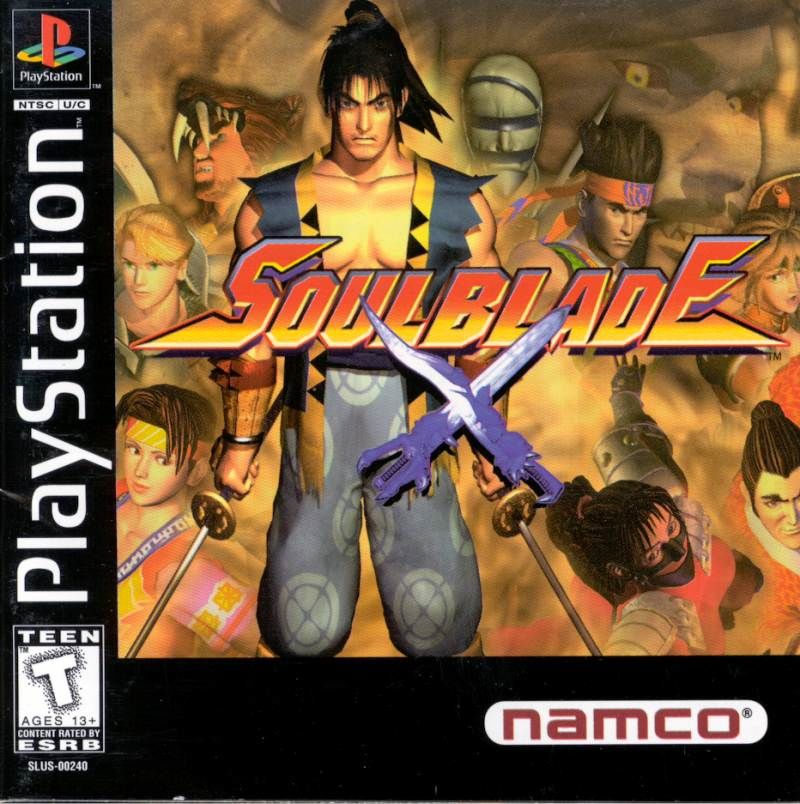
My friends also played a game called Soul Blade, a stunning 3D fighting game with an even more stunning introduction video. The first time I rented this game and saw its intro video, my fragile brain came seconds shy of exploding.
I was a year late to the party on this one, but when I wasn’t staying up until the late hours trying to get enough JP to train my thief into a ninja or teach my lancer Ignore Height, I was mastering the techniques of a spear-wielding runaway by the name of Seung Mina.
The fruits of Final Fantasy Tactics never truly dried up among my friends as we talked about our teams, our failures, the story, our first encounter with the mighty Cid “Thunder God” Orlandu, and our experiences in the Deep Dungeon. These lengthy discussions were not possible with the simple action games we played as kids, and RPGs brought on a whole new level of video game appreciation to all of us.
We also broke out and started to discover new RPGs on our own. It was I who brought a game called Alundra into our mix.
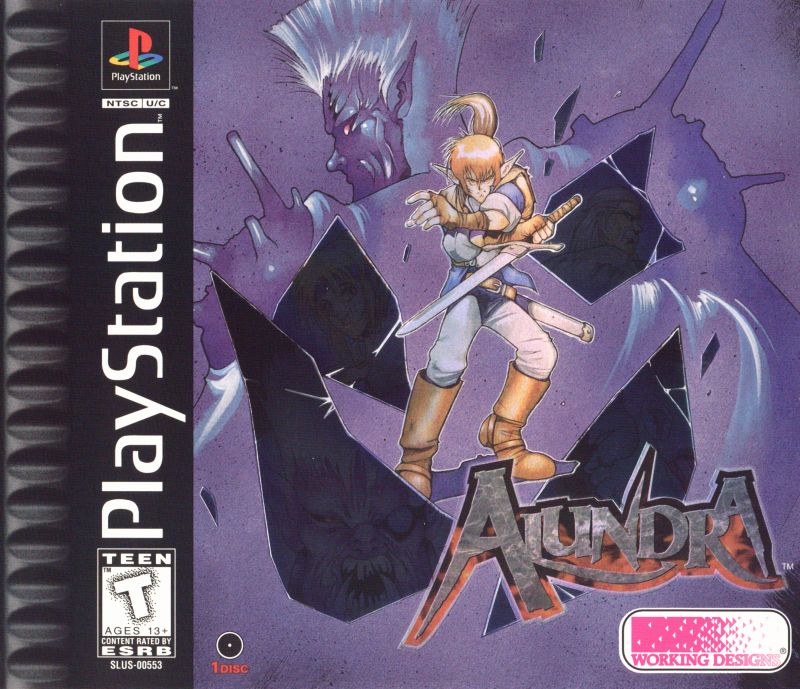
Alundra remains the greatest Legend of Zelda-clone ever made. I write about it often, but that’s because I hold it in high regard not just as one of my most nostalgic favorites but also as a great game in general.
Alundra’s tragic tale of a doomed village wrecked my fragile young mind, and it accomplished something not many games had done yet at that point, get me involved with NPCs. The game takes place within a single town, one where the protagonist must constantly interact with the citizens. Each of these characters has a name, a personality, a motive, a background, a part to play in the story.
When these characters start dropping one by one from the plot, it’s like losing one of your friends. NPCs had always been something that got in the way of my RPGs until that point, but not until Alundra did I start to seek them out. That, and the difficult dungeons, cool weapons and tools, and pixelated graphics, which were not in fashion at the time, brought my friends and I together every morning as we waited for seventh-grade homeroom to begin.
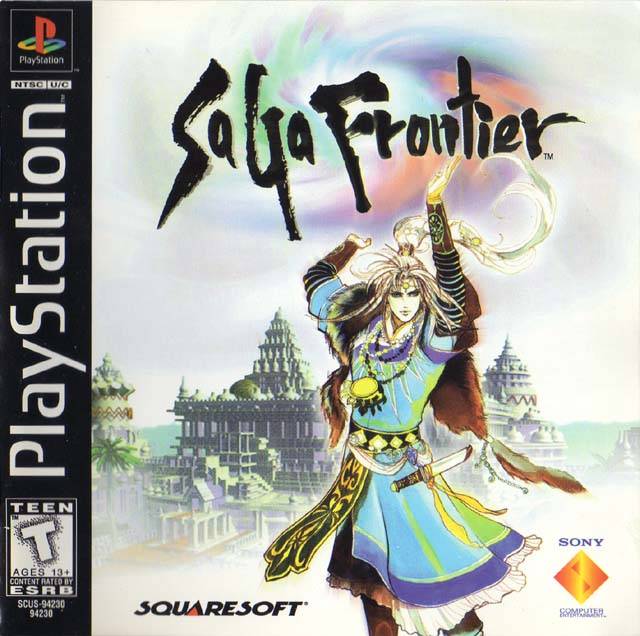
Summer came around, and I spent most of it wading through RPGs, trying to find new ones. My uncle presented me with a copy of SaGa Frontier, and I would start the most tumultuous gaming relationship of my life with that one. SaGa Frontier’s weird graphics, open-ended gameplay, and the awkward battle system turned off many at the time, but I was hooked, then I hated it, then I was hooked, then I hated it.
This would go on for nearly a decade and a half until I finally accepted SaGa Frontier as an all-time favorite, though it took a strange route to get there.
Besides SaGa Frontier, I found myself sticking to Final Fantasy Tactics and Alundra while renting random games from Microplay. Super Mario RPG also continued to get a lot of play in those days since I rarely sold games and never sold consoles.
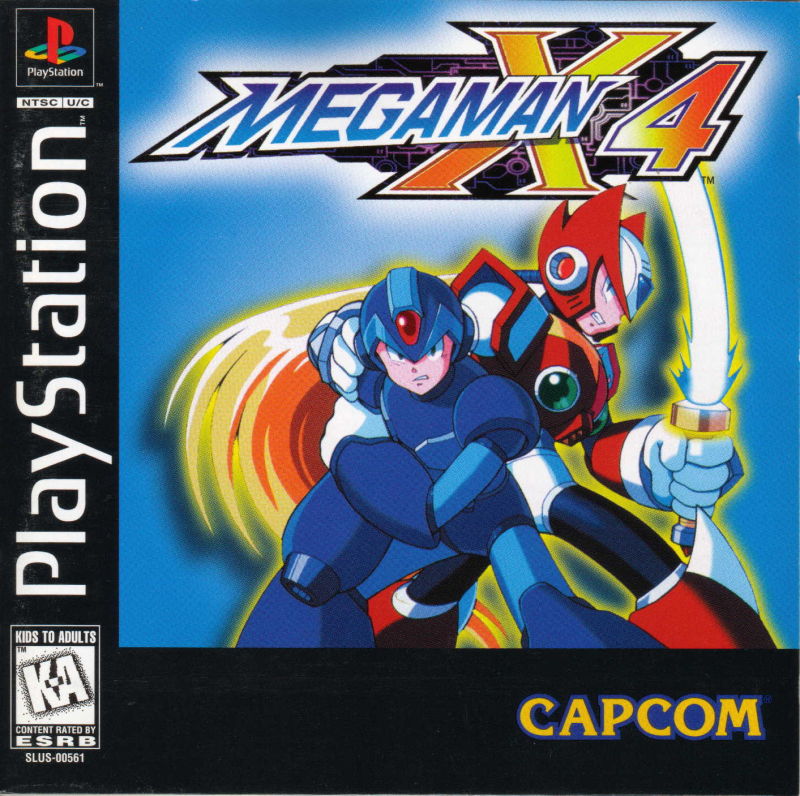
Through Microplay, I rediscovered my childhood love of Mega Man through Mega Man X4, which became a staple of my summer of”98. I, unfortunately, didn’t discover Castlevania: Symphony of the Night until many years later, otherwise, that too would have crunched away the hours of the hot Georgia summer afternoons.
June also saw the release of Azure Dreams, a strange monster collecting roguelike that caught my attention for a few months. Neither monster collectors nor roguelikes were popular yet, but in Japan, news of something BIG has rumbled its way over to our shores. We’re still a few months away from THAT though.
Roguelikes never even became popular until just a few years ago as well, making Azure Dreams a strange but welcome addition to my gaming repertoire of that year. I remember wanting to date all of the weird anime girls, memories from playing Harvest Moon the year before.
School rolled around, and my summer had come to an end. Capcom cranked out Mega Man Legends, and thanks to Super Mario RPG and Mega Man X4 paving the way, I was more than ready to accept an RPG spin on one of my favorite childhood series. Mega Man Legends applied a similar approach to Alundra in that the game is built around a single town, creating an intimacy with its setting and storytelling that expansive games lacked.
Plus, its anime graphics brought a presentation to the PlayStation that rivaled all previous 3D games.

Thankfully, Mega Man Legends came out when it did because from September, my gaming life took a huge hit back towards Nintendo, and I could only focus on one game for the foreseeable future.
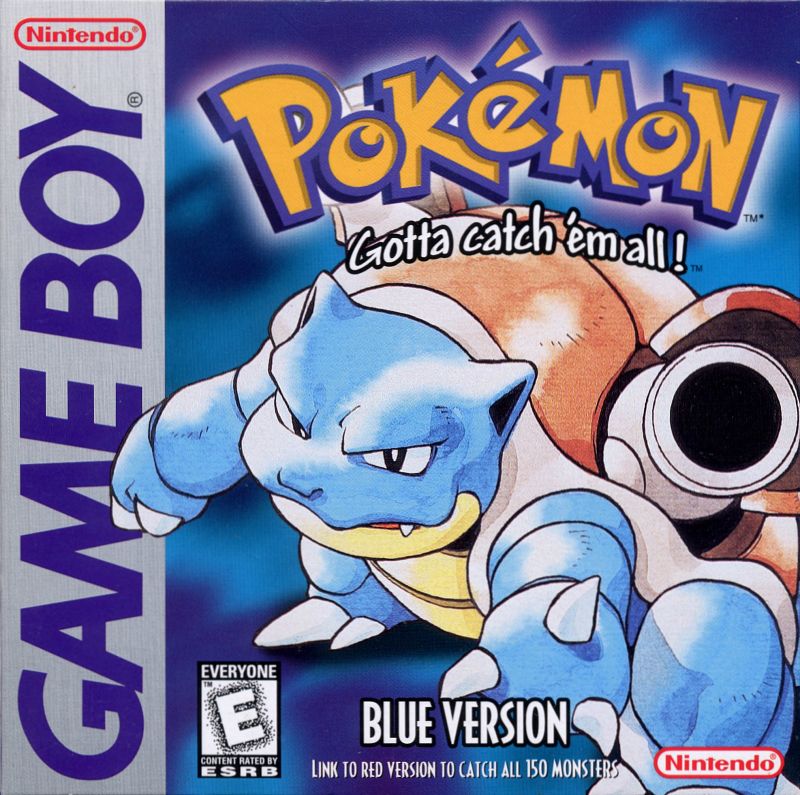
Yeah, you can imagine being 12-years-old when Pokémon first came out. Perfect timing for my generation, and that’s all that mattered among my friends. We would sneak cables into school, play under the lunch tables and in the gym bleachers, and I reveled in my newfound popularity as the only one among us who bought Blue instead of Red.
Final Fantasy still simmered in our memories as well with news, information, and screenshots of Final Fantasy VIII, which was coming out the following year. Squaresoft announced it was releasing a demo disc within a smaller budgeted game, and to play the demo, you had to buy that game.
Well, after Final Fantasy VII and Final Fantasy Tactics, I just had to play that demo! My birthday is in October, and I asked my mom for the smaller game just to play the demo… leading me to pick up another all-time favorite.
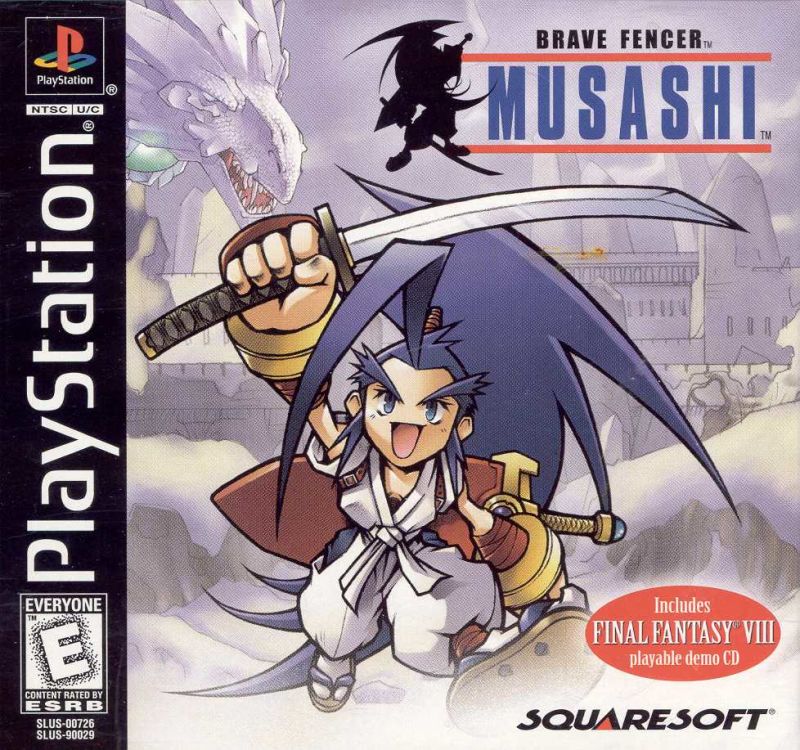
Brave Fencer Musashi uses the same anime storytelling and world building that is used in Mega Man Legends, but sets it to a more Legend of Zelda dungeon-based structure with NPCs who followed a daily and weekly routine. Unheard of in those days.
Its charming world, colorful characters, and swift action were designed to counteract Nintendo’s Ocarina of Time, which you’ll not find on this list since I didn’t play it until years later. Brave Fencer Musashi didn’t come close to making the same dent on the video game industry, but I still liked it.
In fact, I still like it better than both Ocarina of Time and Final Fantasy VIII to this day.
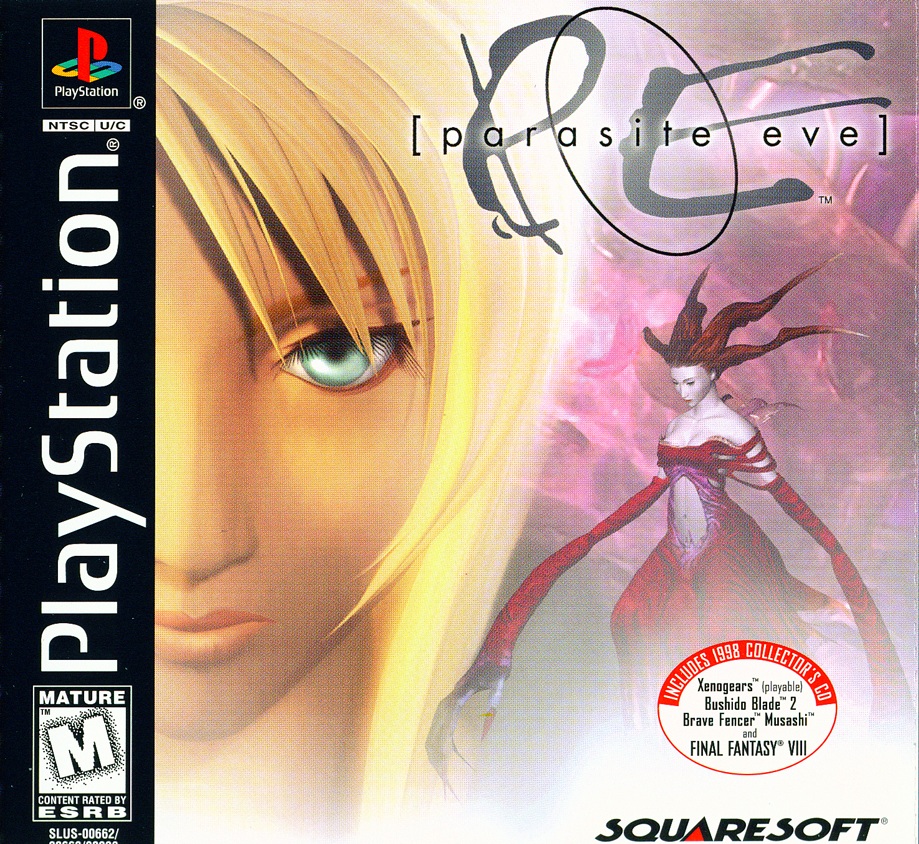
After Brave Fencer Musashi, it became clear where my loyalties lied. Squaresoft started going crazy with its post-Final Fantasy VII success, elevating genre-bending games like its survival-horror/RPG hybrid Parasite Eve and its SHMUP Einhänder into my play routine before winter rolled around.
Then, something else big happened. A game I thought was a racing game when I first heard the title changed everything all over again.
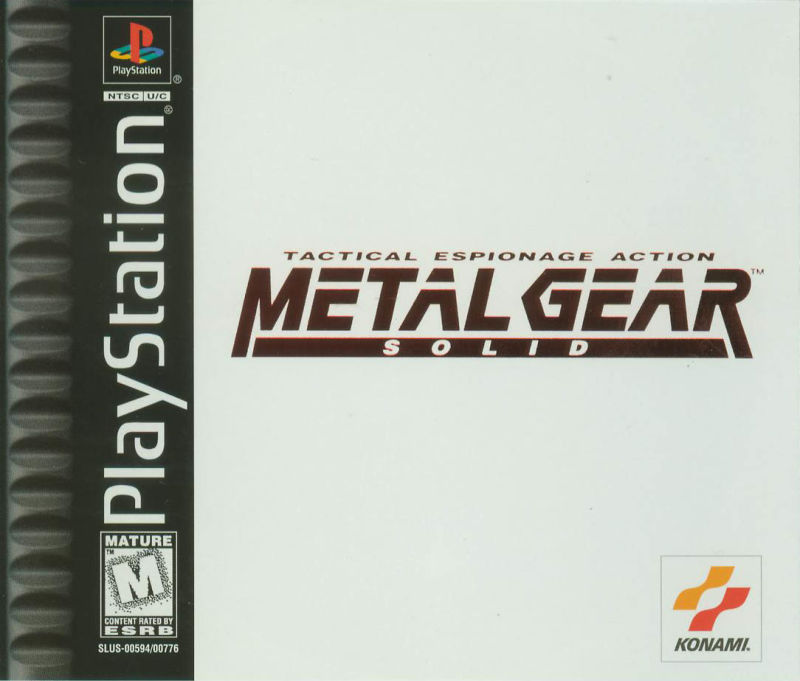
Metal Gear Solid came out in October, but I didn’t play it until that December. I remember it being cold outside, and the chilled Alaska setting matched how I felt in the real world. At 13-years-old, I didn’t fully appreciate the story or the localization. Instead, I treated Metal Gear Solid like a torture sandbox for enemy soldiers, the best once since GoldenEye 007 and the scientists in the Faculty. Hours upon hours, I would attach C4 to their backs as they peed, lure them into grenade traps, find clever positions to shoot them from.
Violence! I had never really been attracted to it in games, but I was here. The early signs of puberty catching on. My friends and I shared our experiences with this game to no end, talking about boss fights, Otacon peeing his pants, discussing the story that none of us truly understood, and laughing at the curvature of Meryl’s butt. Again, puberty setting in.
Whenever I say I love the Metal Gear Solid series, I usually mean just the first game. I played all of them once, but never sunk half as much time into the sequels as I did this first revolutionary release.
But I didn’t close 1998 on Metal Gear Solid. Earlier that year, to capitalize on the renewed interest in the Game Boy and Final Fantasy, Squaresoft re-released its four Final Fantasy Game Boy titles that were originally published back in the early 90s by Sunsoft.
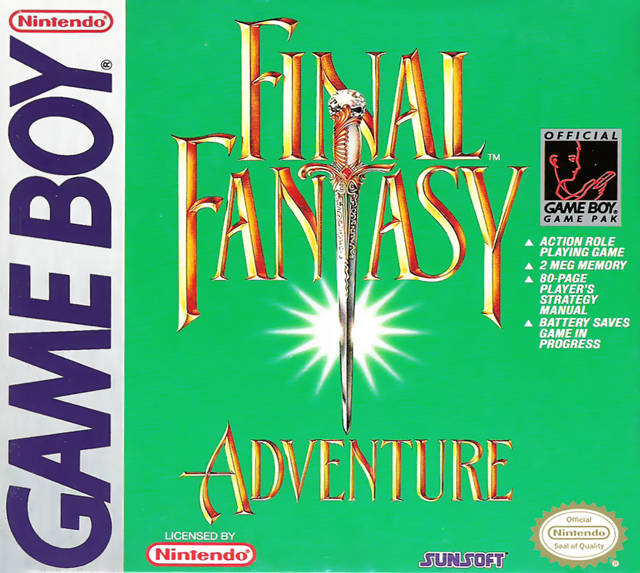
That Christmas, Santa brought me Final Fantasy Adventure, and I closed 1998 in retro-style (via 1998’s standards) by playing yet another game that would become an all-time favorite. Even with its black and white graphics, Final Fantasy Adventure provides an extensive and tragic adventure loaded with memorable moments.
By the end of 1998, Dreamcast previews in magazines began highlighting the graphical changes that were about to come, but Final Fantasy Adventure closed this important year of my life with a valuable lesson that I still hold to this day. Gaming, it’s not all about the tech.
My gaming habits continued for at least half a decade, deep into high school. In the spring 1999, Squaresoft started to get a little weird with the fighting game Ehrgeiz, a game I unlocked everything for, and I also dabbed in Xenogears for first time, not fully understanding it. My final months in Georgia were spent with an oft-forgotten gem called Legend of Legaia, but the game I truly fell in love with was Star Ocean: The Second Story.
A move to Delaware just before summer vacation ’99, my second-favorite time to be a gamer, opened my free time extensively. No friends, no responsibilities, just RPGs to catch up on. I rented Breath of Fire III immediately after the move, finally bought my own copy of Wild ARMs, and later that summer, discovered the true underdog champion of my JRPG repertoire, the Suikoden franchise. Smaller hits dominated my playtime as Squaresoft started to lose favor in my eyes.
Not until the summer of 2003, after sinking 200 hours into Disgaea: Hour of Darkness, did I start to feel burned out on the genre. Star Wars: Knights of the Old Republic changed how I felt about storytelling, Resident Evil 4 revolutionized the third-person shooter genre, both game merged together in Mass Effect, and the overtaking of Japanese games by the AAA HD market pushed my gaming habits in a new direction throughout my college and early-Japan years.
Nowadays, I’m old, cranky, and insatiably sentimental. Whenever I’m not taking care of my son, spending time with my family, or working, you can find me trying to relive those carefree summers of 1998 and 1999, primarily gravitating towards mostly the games I’ve listed today. I fired up Tecmo Secret of the Stars for the first time since the summer of 1997, and a craving to play both Alundra and Lufia 2 is clinging to my back…
…but I’m also neck deep in Octopath Traveler and feel like I’m 12-years-old all over again. Thanks to Square Enix, which finally found its footing a decade after the merger, it’s a good summer to have been raised when I was.
___
It’s important to point out that we all hit these important tween 10 to 14-year-old years at different times, hence we all have that pure nostalgia for different eras and trends in gaming.
Some gamers hit that stride a little before me and swear that the SEGA Genesis provided the best JRPGs ever. Others hit it later than me and cherish their time with PlayStation 2 JRPGs, which I by and large can’t stand. Right now, a generation of gamers is being bred to fondly recall Minecraft in the same fashion that I bring up Alundra or Brave Fencer Musashi. I don’t get Minecraft one bit, but I won’t criticize their happy memories, either.
I even read an article recently where the writer proclaimed to love going back and playing old games… like Red Faction: Guerrilla.
The Super Nintendo, PlayStation, and other outlets like the public’s renewed interest in Star Wars and the Saiyan Saga of Dragon Ball Z just happened to be booming when I hit that time period. I sometime wonder if my love of JRPGs just a product of the world around me. Maybe so, but placing the chicken before the egg, I also believe that these JRPGs unearthed a deep love of character development and storytelling that had existed in me long before the first time I fired up a video game.
We aren’t total products of our time. The things we love will find a way to reach us, and we’ll carry them deep into our cynical adult years.
